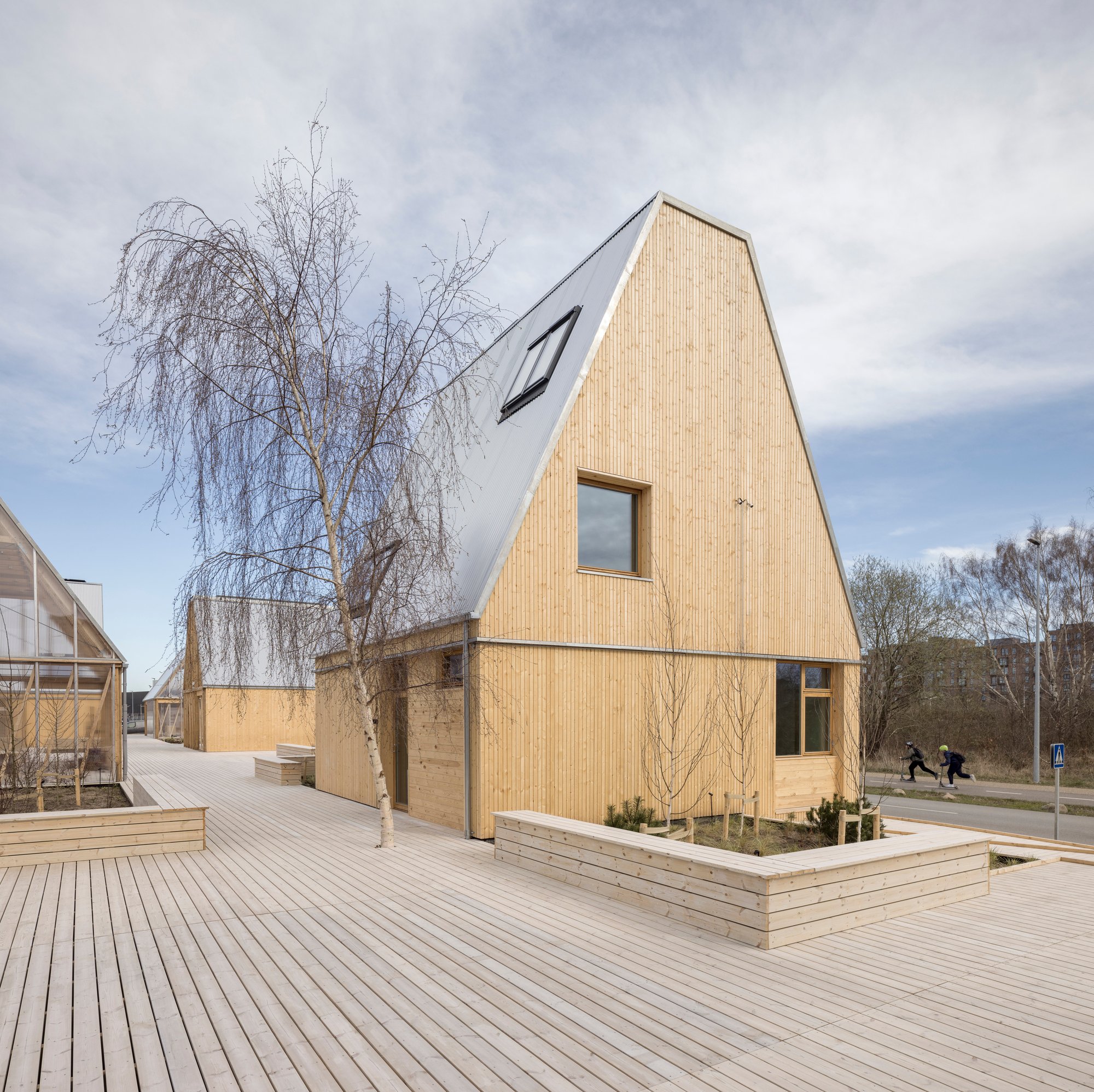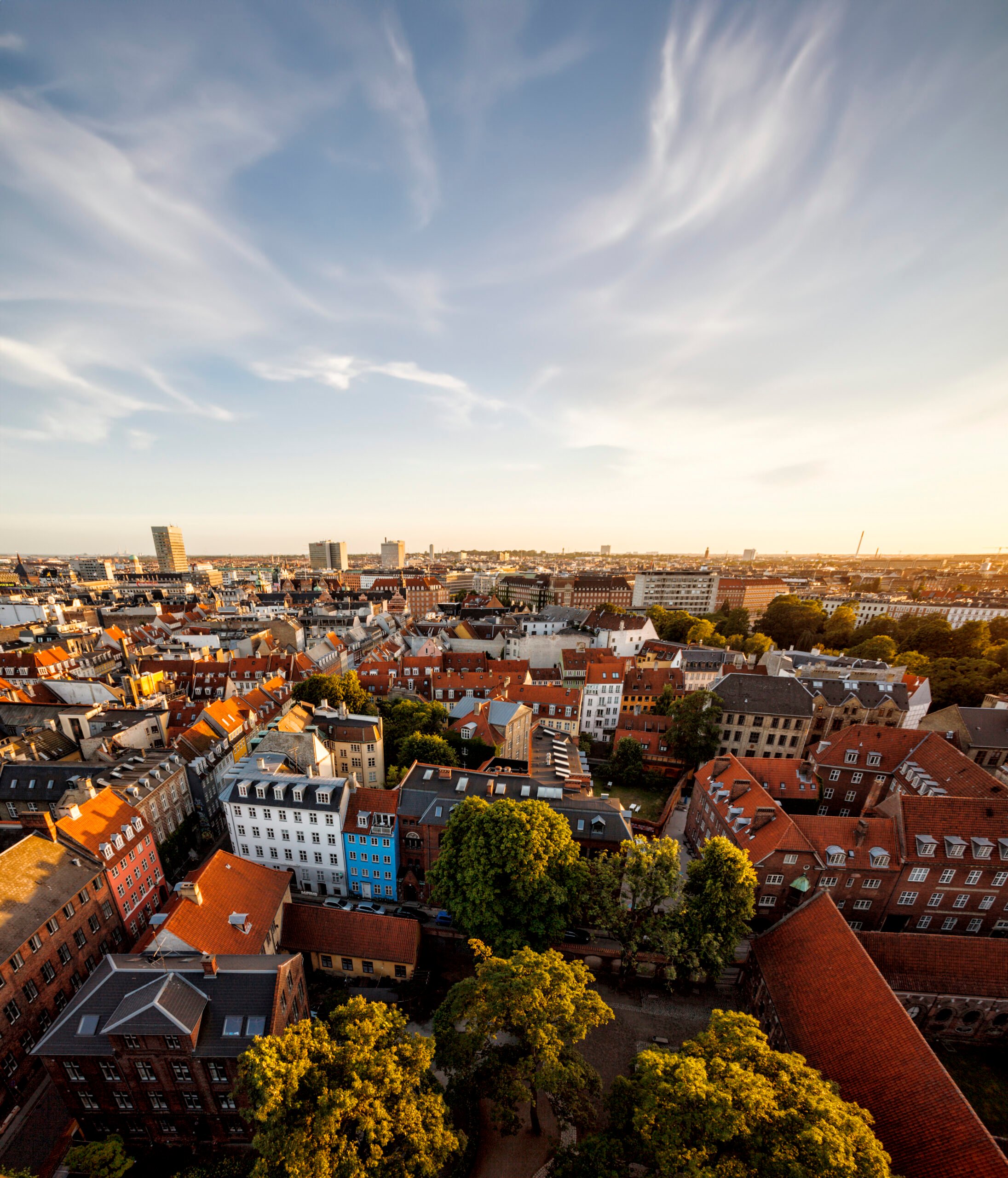News
District heating
Energy efficiency in buildings
Surplus Heat from Danish Supermarkets Utilised for District Heating


More and more supermarkets deliver their surplus heat to a district heating system – and now the Danish supermarket chains Bilka and Føtex located in Sønderborg join the trend. Both supermarkets have invested significant figures in the reconstruction of their cooling- and heating equipment, making them heat distributors rather than heat consumers.
Great green savings
Together with Danfoss’ department in the city of Aarhus, the retail company Dansk Supermarked Group has been responsible for the development and implementation of the solution. The supermarkets do not only save money by using surplus heat from their refrigeration equipment for general heating and water heating, e.g. for cleaning. The solution also benefits the environment as the surplus heat connects to a district heating system.
- The utilisation of surplus heat is a very environmentally friendly solution that fits well with Dansk Supermarked’s policy for accountability in all processes, says Energy Manager Lars C. Christensen from Dansk Supermarked Group.
Heat to more than 50 households
The fact that Sønderborg Fjervarme is taking the surplus heat from Bilka and Føtex is very much in line with the company’s vision to distribute and expand green district heating:
- This is a very good example of how district heating can help to utilise energy that would have otherwise been lost. The calculations show that surplus heat from the two supermarkets will supply between 50-60 average single-family houses on an annual basis. The project has been carried out in close cooperation with Dansk Supermarked Group, explains Manager Erik Molff from Sønderborg Fjernvarme.
Should there be a greater need for heat in the two supermarkets than the heat currently produced, they will still be able to receive district heating and keep their security of supply.
The public-private partnership ProjectZero that works to inspire and drive the town of Sonderborg’s green transition is also excited by the news:
- Utilising surplus heat that would otherwise go to waste fits perfectly with the Sønderborg’s vision for the climate, as the solution will help reduce the region’s CO2 emissions, says Manager Peter Rathje from ProjectZero.
You should consider reading
solutions
Energy efficiency in buildings
+2















